SWNN Retro Review: Tales of the Jedi (Part One: The Golden Age of the Sith & The Fall of the Sith Empire)
In 1983, the Jedi returned to the galaxy and the Empire was defeated. For all intents and purposes, the story of Star Wars was over, or so we thought…
Read on for the first review in Star Wars News Net’s new series – Retro Reviews – which will cover material from the pre-Disney expanded universe, now under the Legends banner. This first entry is part one of a three part review that covers the Tales of the Jedi comic series by Tom Veitch and Kevin J. Anderson (1993-1998).
Welcome to the ‘90’s – a mere decade after George Lucas made his eternal mark on cinema with what is perhaps the most widely adored movie trilogy of all time. But with no new Star Wars films on the near horizon, fans of this beloved franchise wanted one thing – more Star Wars. That wish was granted in 1991 when author Timothy Zahn gave us Heir to the Empire, the first installment in the beloved Thrawn trilogy, and the book that ushered in the expanded universe as we know it.
Following Zahn’s lead, many other authors began to make their own mark in that galaxy far far away, in an effort to expand upon Lucas’ mythology. Two of those authors were Tom Veitch (The Dark Empire trilogy) and Kevin J. Anderson (The Jedi Academy trilogy). As these new stories began to touch on the ancient history of the Jedi Order and the Sith, these two authors were inspired to delve even deeper into the history of the age old rivalry between the Jedi Order and the Sith Empire, and they began to weave a tapestry of ancient galactic events that would become the historical basis of the Star Wars universe for years to come.
Together, these writers created the Tales of the Jedi comic series. This series, published by Dark Horse Comics from 1993 to 1998, details the rise of the Sith thousands of years before the time of Luke Skywalker and reveals the initial conflicts between the Old Republic and the Sith Empire in their glory days.
Although these stories are considered non-canon, if you are at all interested in the galactic history of the Star Wars universe, the Tales of the Jedi series may be worth a read – especially in light of the fact that many elements from this series and the Old Republic era in general have been brought over into the official Star Wars canon as of late. It seems like now is as good a time as any to brush up on your knowledge of ancient Sith and Jedi lore.
The history of the galaxy may change in the days ahead to accommodate the direction of the new canon material, but I tend to think that a lot will remain intact when all is said and done. I get the feeling that the LFL story group loves this stuff as much as we do, and if it makes sense in the overall story, I think nothing will make them happier than to reintroduce some familiar characters, technology, events, and locations in future stories. It seems that at least Dave Filoni is on board with this idea with his not so subtle hints at getting into some ancient Sith and Jedi lore in the second half of Rebels season 2. In the words of Ahsoka Tano, “There’s always a bit of truth in legends.”
Just how much of these legends are true remains to be seen as the new canon under Disney ownership has deliberately avoided the Old Republic era up to this point, but make no mistake, they will get to it eventually. So while we wait for the new stories ahead, below is a recap and review of the first two chronological story arcs in the Tales of the Jedi comic series. The recap obviously spoils the content, so if you wish to check it out for yourself, I recommend that you do so before reading, or you can scroll down to my final thoughts on the series to see if you think it would be worth your time.
The Tales of the Jedi series covers eight story arcs, with six of them taking place during the conflict known as the Great Sith War about 4,000 years before A New Hope. The bulk of the story focuses largely on Jedi Knights Ulic Qel-Droma and Nomi Sunrider and the parts they played in the great war. The other two story arcs, The Golden Age of the Sith and The Fall of the Sith Empire take place about 1,000 years before the Great Sith War and revolve around the Sith Lord Naga Sadow and his quest to dominate the Republic during a conflict that is known as the Great Hyperspace War. Part One of this review will focus on these two story arcs.
The Golden Age of the Sith by Kevin J. Anderson (1996-1997)
Five thousand years before Luke Skywalker blew up the Death Star at the Battle of Yavin, a war was being waged in the inner rim system of Koros by Empress Teta in an effort to unite the seven worlds in the system. The Jedi order sends Jedi Knight Odan-Urr to aid Teta in her effort to bring unity and peace to the system of Koros. During the conflict, Odan-Urr is successful in employing a unique force ability called battle meditation, which demoralizes enemy forces while bolstering the strength of one’s own army through the Force, to achieve victory over the warring worlds.
After losing their parents in Empress Teta’s Unification Wars, Force-sensitive teenager Gav Daragon and his twin sister Jori, set out to make their fortune in mapping new hyperspace routes in their ship, the Starbreaker 12. At this point in galactic history, hyperspace travel was a relatively new development that had led to an explosion of space exploration in recent years. Star systems were becoming more and more connected as trade was expanding to far reaches of the galaxy that had been previously unexplored by the Republic.
After many failed attempts at successfully plotting a new hyperspace route, the brother and sister duo find themselves out of money and are unable to pay for repairs on their ship, which also happens to be their only source of possible income. After a run in with a bitter merchant lord named Ssk Kahorr, who lost a fortune using one of the Daragon’s recently mapped routes, the siblings find themselves in a desperate situation. Unable to pay for their ship, which is being held by the strangely benevolent Aarrba the Hutt, the two decide to steal the ship. On the run from the authorities, they make a last minute decision to jump into hyperspace using random coordinates.
As fate would have it, the Daragons’ random jump leads them to the planet Korriban, where they interrupt a funeral procession for the recently deceased Marka Ragnos, Dark Lord of the Sith. In the wake of Ragnos’ death, the ambitious Sith Lords Naga Sadow and Ludo Kressh are vying to take his place as the Dark Lord.
Two thousand years prior, there had been a Great Schism in the Jedi Order, in which a group of Jedi Knights who had dabbled in the dark side became outcasts to the Order. Their refusal to walk away from their dark magic started a century long conflict between the Jedi and these Dark Jedi known as the Hundred-Year Darkness. At the end of the war, the Dark Jedi were banished to uncharted space without any chance of return in hopes that they would realize their mistake and find peace. This however, was not the case.
There was no repentance to be found for the Dark Jedi, who happened upon the world of Korriban and declared themselves lords over the indigenous Sith people. The Dark Jedi were worshiped as gods by the Sith and eventually, the Jedi began to interbreed with the Sith which resulted in a race of people who were strong in the dark side of the Force and bent on domination.
The arrival of the Daragon siblings was a wake up call to the Sith Lords, who believed the twins to be spies of the Republic. The twins are taken into custody to the fortress world of Ziost as the Sith Lords debate on their next move. Naga Sadow, in an attempt to undermine Ludo Kressh, with the aid of his loyal Massassi warriors (a Sith sub-species) frees the twins from captivity with the intent of using them as pawns to assert himself as the ultimate Dark Lord of the Sith.
Angered at Sadow’s actions of betrayal, Kressh rallies the other Sith Lords behind him to stop Sadow and his scheme. However, all goes according to plan for Sadow as Kressh is walking neatly into his trap. Just as Kressh seems to have the upper hand, Sadow ambushes the other Sith Lord with his hidden fleet, as his Massassi warriors assassinate the other Sith Lords.
After the successful coup, Sadow declares himself Dark Lord of the Sith as he takes Gav Daragon to be his apprentice. He convinces Jori to escape back to the Republic, but not before planting a tracking device aboard her vessel. Naga Sadow gathers his troops for the coming invasion of the Republic!
The Fall of the Sith Empire by Kevin J. Anderson (1997)
Immediately following the events of The Golden Age of the Sith, this series continues with Jori Daragon arriving back on Koros Major where she is apprehended by the authorities, who have been searching for her and her brother ever since they stole their ship back and escaped from the system. She attempts to warn the Republic of the impending Sith attack, but her warnings are quickly dismissed as lies, and she is sentenced to work on the prison world of Ronika.
Not long after her arrival on Ronika, Jori, in her desperation, escapes the guards and steals a shuttle. Compelled by loyalty to her people, she infiltrates Empress Teta’s throne room to warn her directly of the Sith threat, and with help from Jedi Knight Odan-Urr who has had visions of the coming war with the Sith, convinces the Empress that her claims are true.
Unfortunately, the Senate does not take the situation seriously, in spite of the Empress’ concern. Soon after, all fears are realized as Naga Sadow invades Coruscant and other key Republic worlds such as Koros Major. The Jedi pull together to defend the Republic from Sadow’s forces and Teta enlists the help of prisoners of war from the Unification Wars to fight alongside her against the Sith in exchange for amnesty.
Naga Sadow, hidden away in his meditation sphere, supplements his forces with illusions to make his attack force seem larger than it actually is, demoralizing the Republic. Overcome by the destruction of his homeworld, Gav Daragon realizes that he has been a pawn in Sadow’s scheme from the start and uses his ship to stop the invasion by crashing it into Sadow’s meditation sphere, temporarily causing the Dark Lord to lose focus, which gives the Jedi the edge that they need to win the fight.
Comprehending his impending defeat, Sadow fires a superweapon that causes several stars around his fleet to explode and uses the catastrophe as cover to escape to Sith space. After his retreat to the Sith Empire, Sadow is surprised to discover that Ludo Kressh, whom he had presumed to be dead, is very much alive after using a decoy ship to fake his death in their former confrontation. Sadow finally puts an end to his long-time rival by having one of his ships crash into Kressh’s flagship, killing him instantly.
Fearing that the Republic’s forces would track him down, Sadow and his Massassi warriors flee to the uninhabited jungle moon of Yavin 4. From here, Sadow plans to rebuild the Sith Empire in secret in hopes of one day returning to power. He is responsible for the construction of the ancient temples on the jungle moon, one of which becomes the base of operations for the Rebel Alliance in A New Hope.
Verdict
What Works:
I’ve always loved the Old Republic era, and this is about as far back in the timeline as you can get (the Dawn of the Jedi series notwithstanding). Seeing how the ancient Sith come into contact with the Jedi for the first time was a lot of fun and the characters are likable overall. The overall story is also pretty entertaining, and the artwork – although outdated – seems to be on par for the time in which it was written.
If you are a long time reader of Star Wars books and comics or if you have spent any length of time playing games such as The Old Republic or Dark Forces, you will no doubt be rewarded by being introduced to characters and locations that have been referenced time and time again in other stories, such as the Sith Lords Naga Sadow & Marka Ragnos and the ancient Sith homeworld of Korriban.
What Doesn’t:
Although this could be largely due to the time in which it was written, there is a definite cheese factor that comes through at times that sometimes detracts from the story. The artwork is dated as well, but knowing that this series is two decades old, it gets a little bit of a pass in that department. However, art style aside though, some of the character costumes are a little bit over the top and at times a little ridiculous.
It’s not that they are too extravagant for Star Wars, but there is a fine line between cool looking costumes and practicality. Gav and Jori’s choice of attire is a little extreme for their class level in the story. They are neither royalty nor are they affluent. But hey, I guess sometimes you just want to lounge around in your finery.
This is just a minor gripe, but the most disappointing of all is probably the final conflict of the story which is just a little bit underwhelming. Something on a more personal level might have been more appropriate to add more weight to a story that in the end is good but never achieves any level of greatness.
So, is any of it Canon?
Ok, so we’ve already established that this story is not part of the official history of the Star Wars universe. That means that the events as they take place in the comic, as well as the characters within, are not considered official canon until they appear in future canonical stories. So far, none of the characters in this series have appeared in the official Canon, but with so many references and connections with other Legends stories and characters, like Darth Bane (who has since entered the realm of Star Wars canon himself), I wouldn’t be surprised to see some of these names pop up again in the future.
Although the Sith world of Korriban has not been mentioned in canon material by name, the planet itself has appeared in official canon via Star Wars: The Clone Wars under the name of Moraband. The planet is identified as the ancient homeworld of the Sith, and we even see the Valley of the Dark Lords which made its first appearance in Tales of the Jedi: Dark Lords of the Sith and can be seen in this series as well. At this point, it’s reasonable to assume that Moraband is merely the modern name of ancient Korriban.
Even though the Great Hyperspace War that is depicted in this series has not yet been mentioned in any canonical material, the Hundred-Year Darkness that led to the formation of the Sith two thousand years prior was referenced in a recent issue of the titular Star Wars series, thus making the event itself canon, even if the official details are scant. While it remains to be seen if this series will have any significant impact on the future of Star Wars, it is certainly ripe for the picking by the LFL Storygroup.
If you are interested in finding out more about the ancient Jedi and Sith and the conflicts that brought them together, definitely try to get your hands on this series. Both of these story arcs are collected in separate volumes as well as an omnibus edition that includes both of these arcs plus the original Tales of the Jedi comic series featuring Ulic Qel-Droma and the Beast Wars of Onderon and The Saga of Nomi Sunrider (which will be included in Part Two of this review). Since the series is now out of print, acquiring a copy can get rather expensive, but it can also be enjoyed digitally now with a Marvel Unlimited subscription.
Jordan Pate is Co-Lead Editor and Senior Writer for Star Wars News Net, of which he is also a member of the book and comic review team. He loves all things Star Wars, but when he's not spending time in the galaxy far far away, he might be found in our own galaxy hanging out in Gotham City or at 1407 Graymalkin Lane, Salem Center, NY.

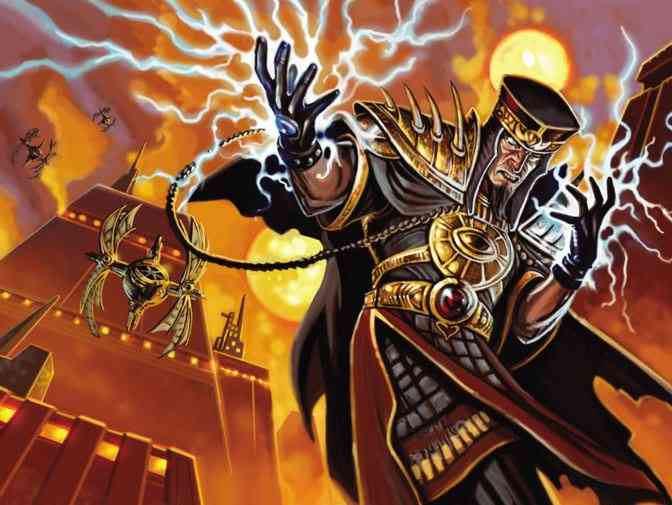
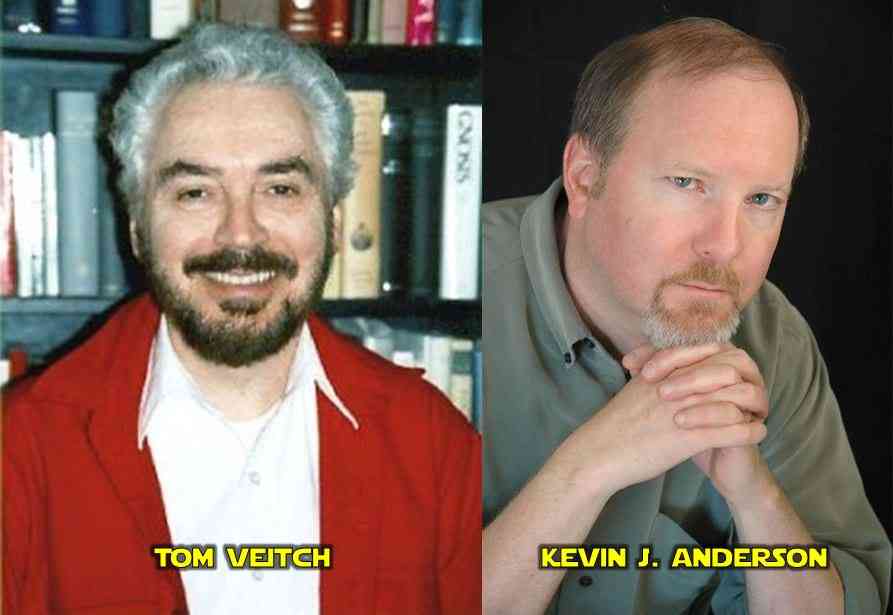
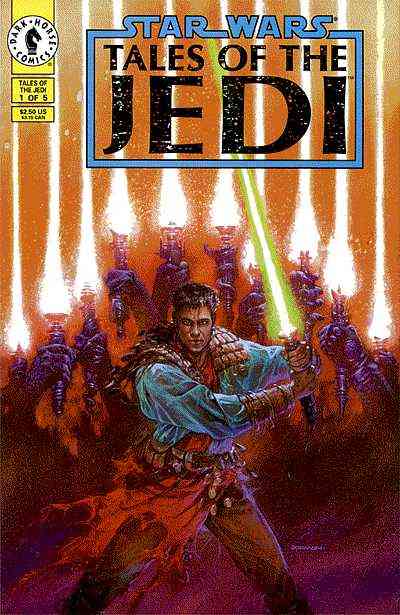
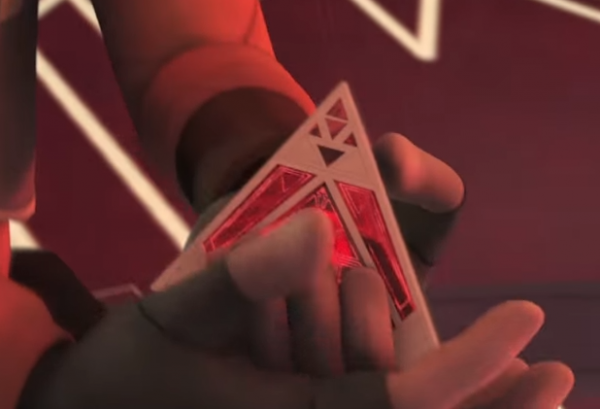
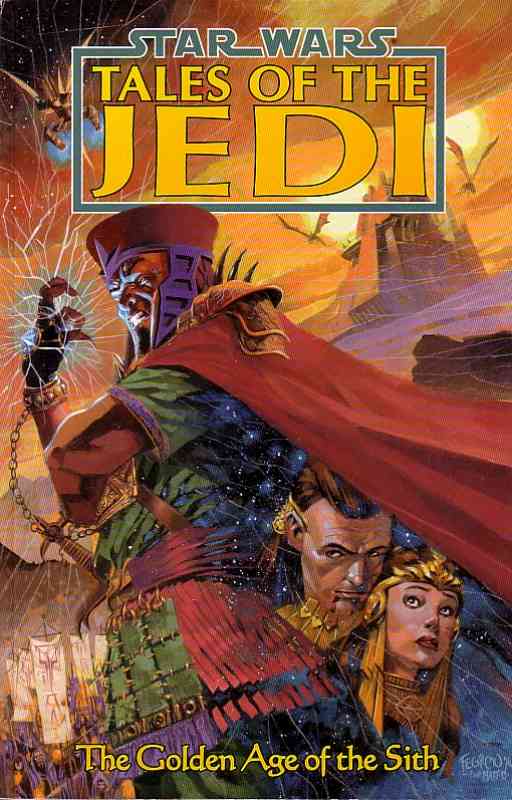
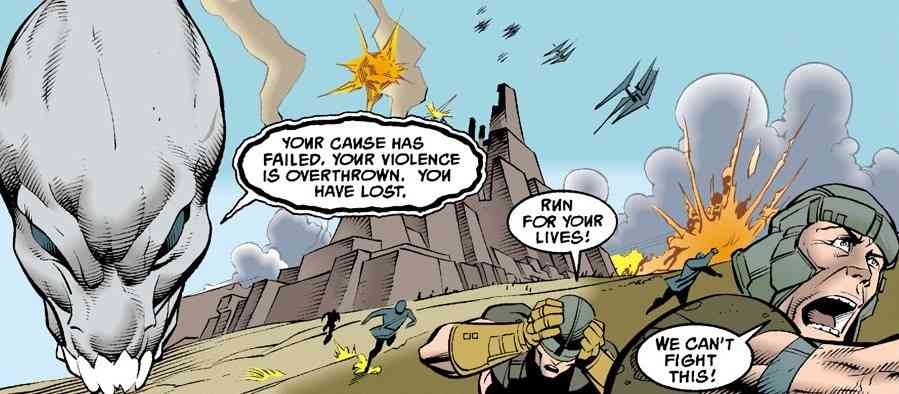
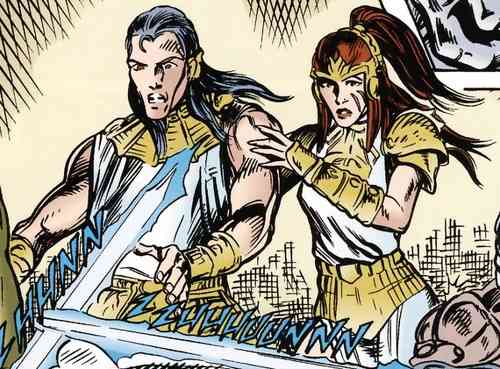
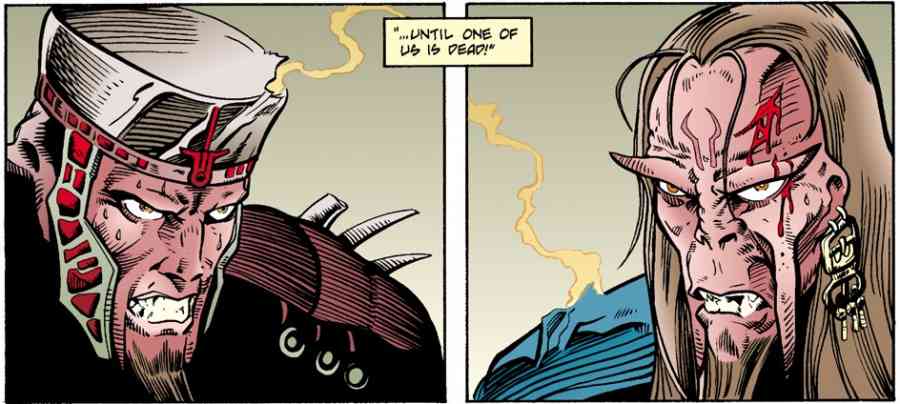
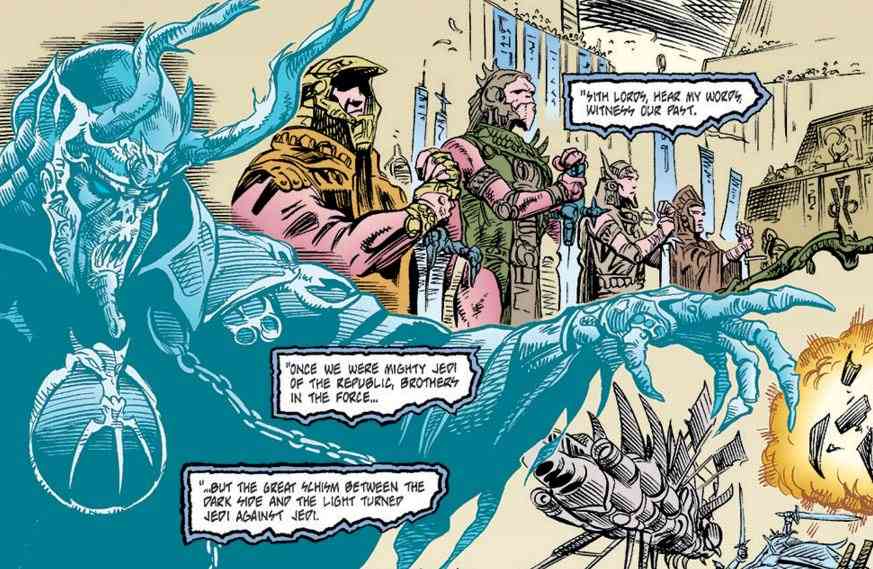
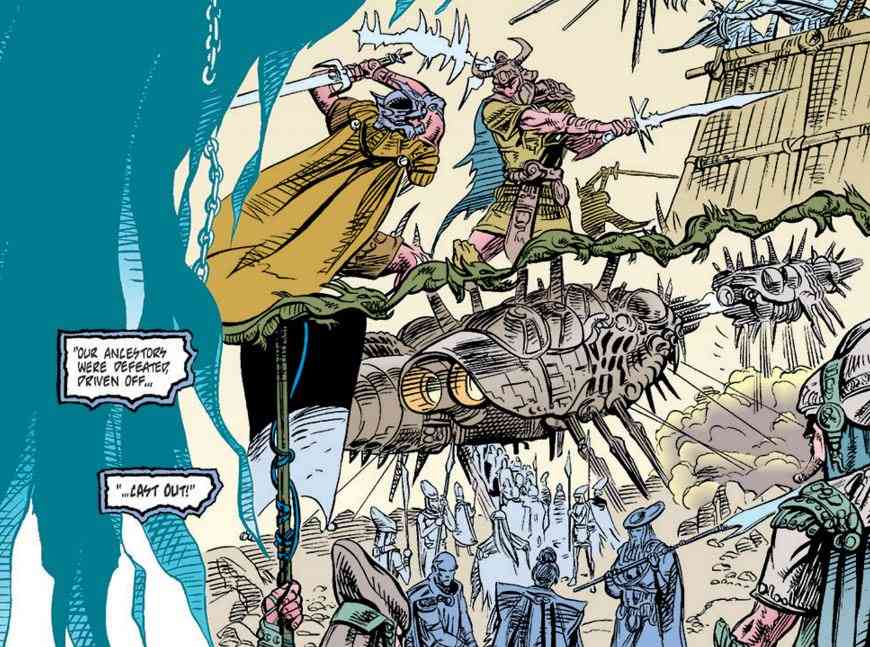
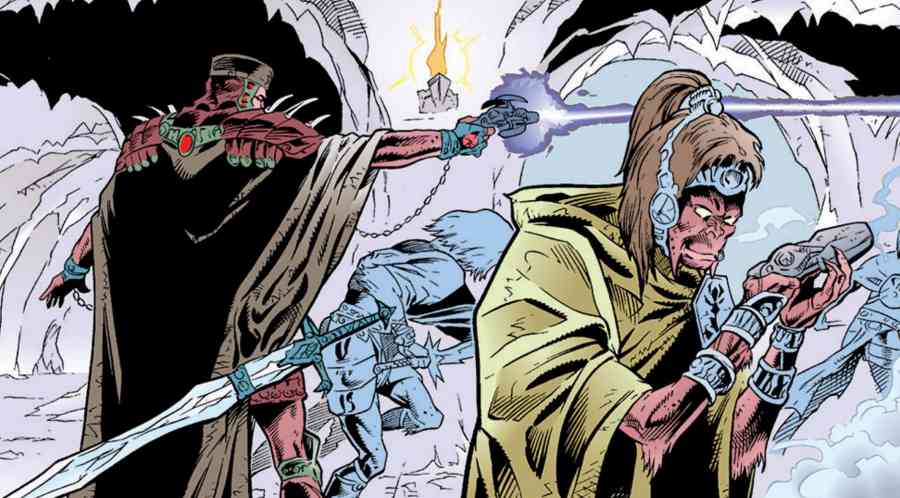
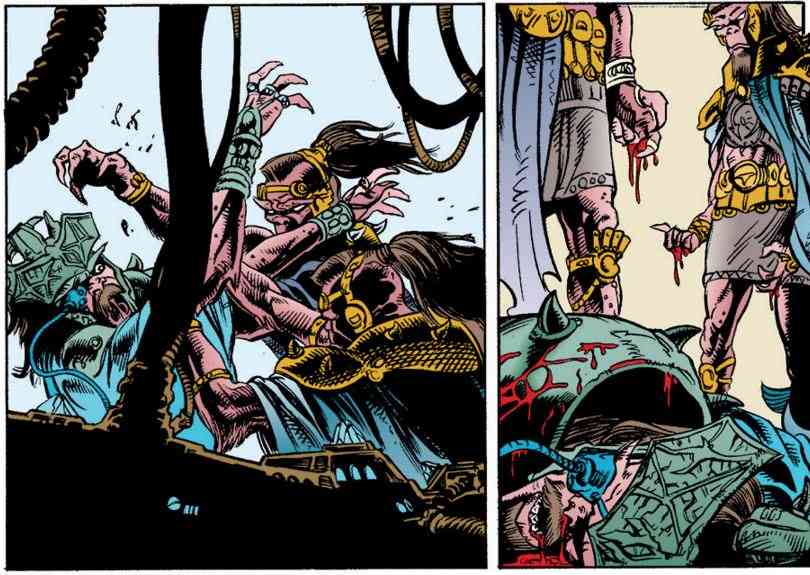


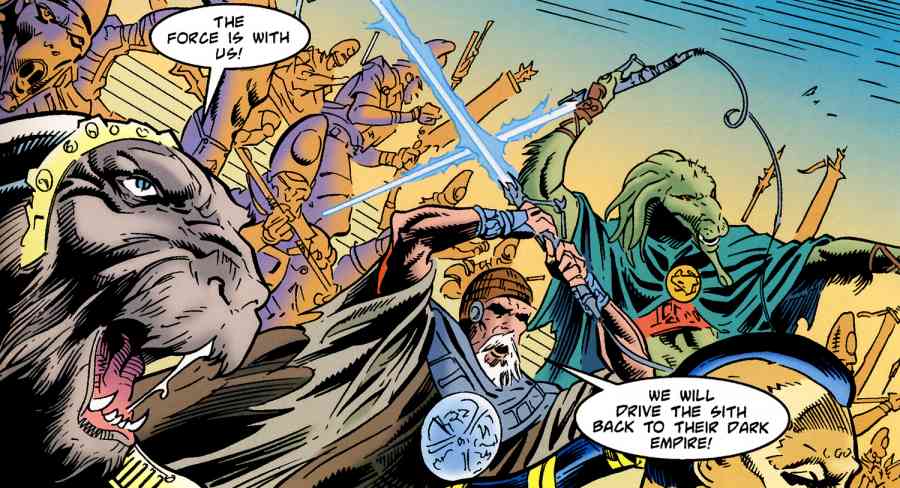
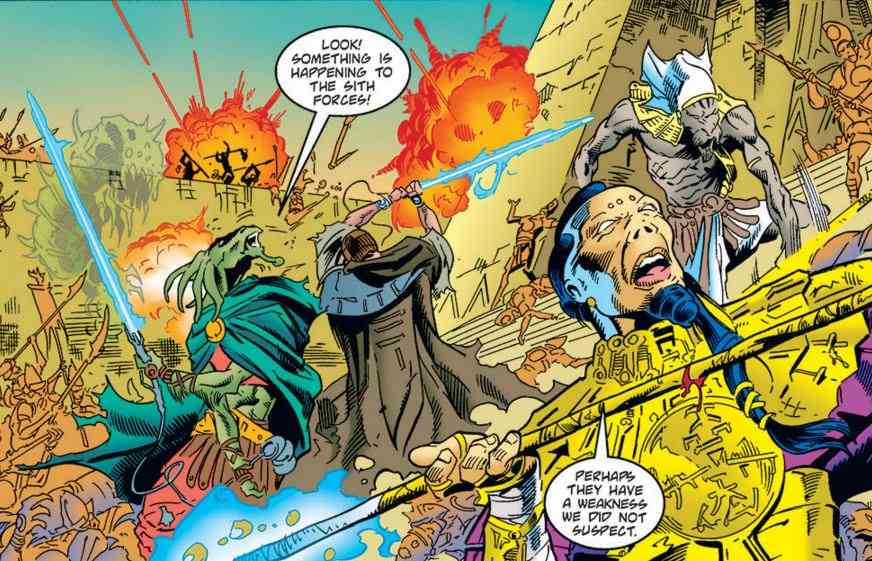
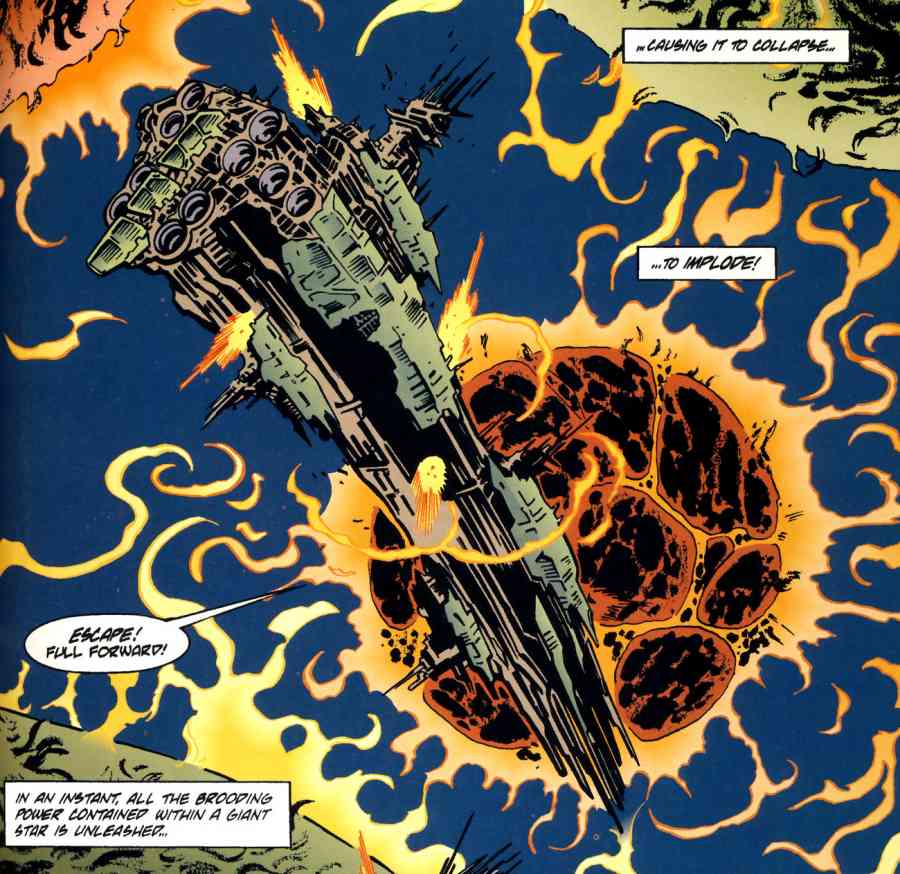
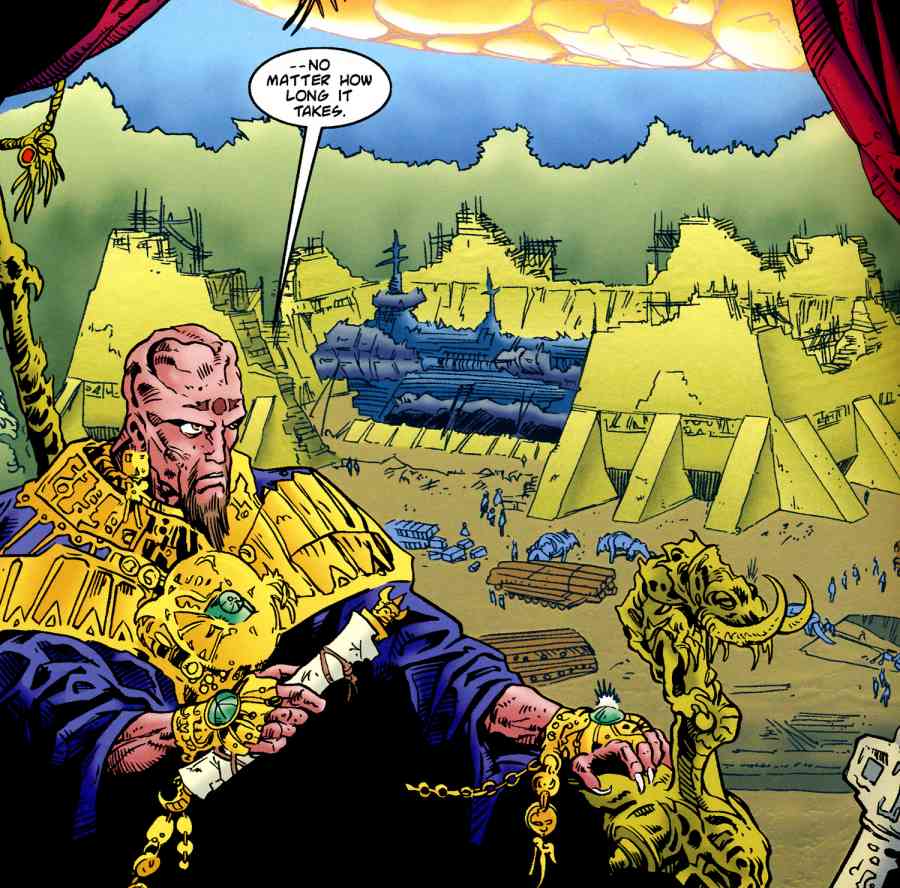
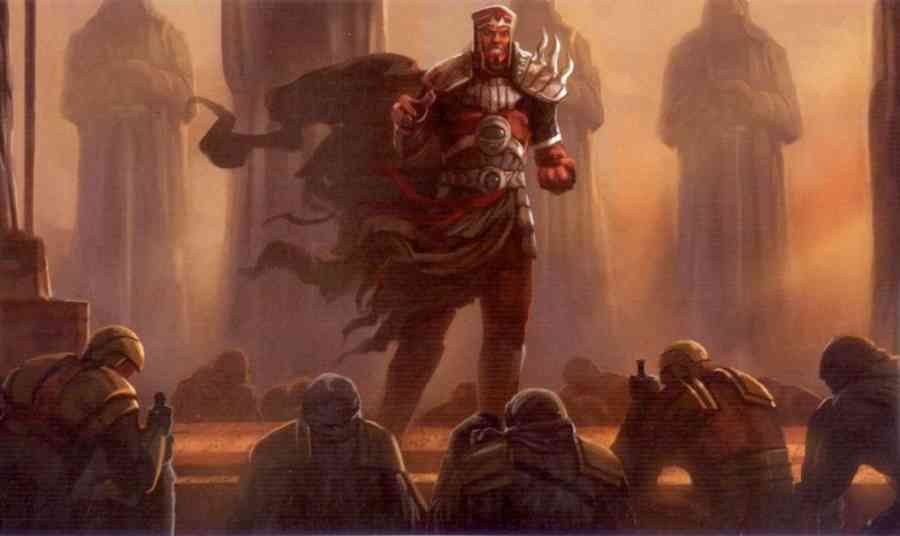
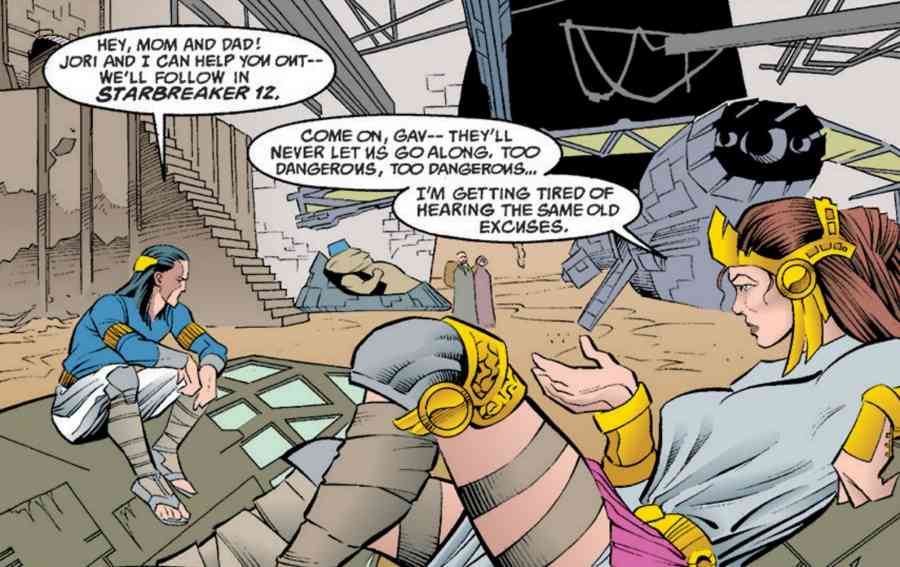
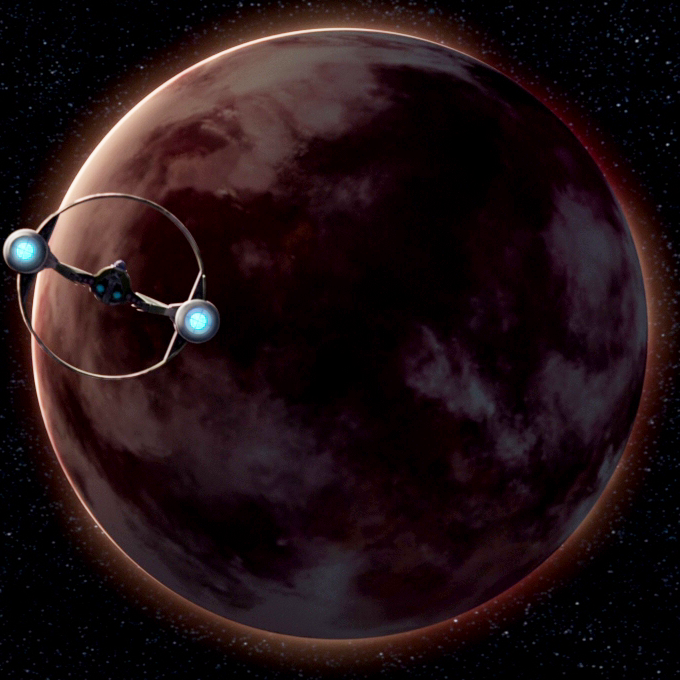
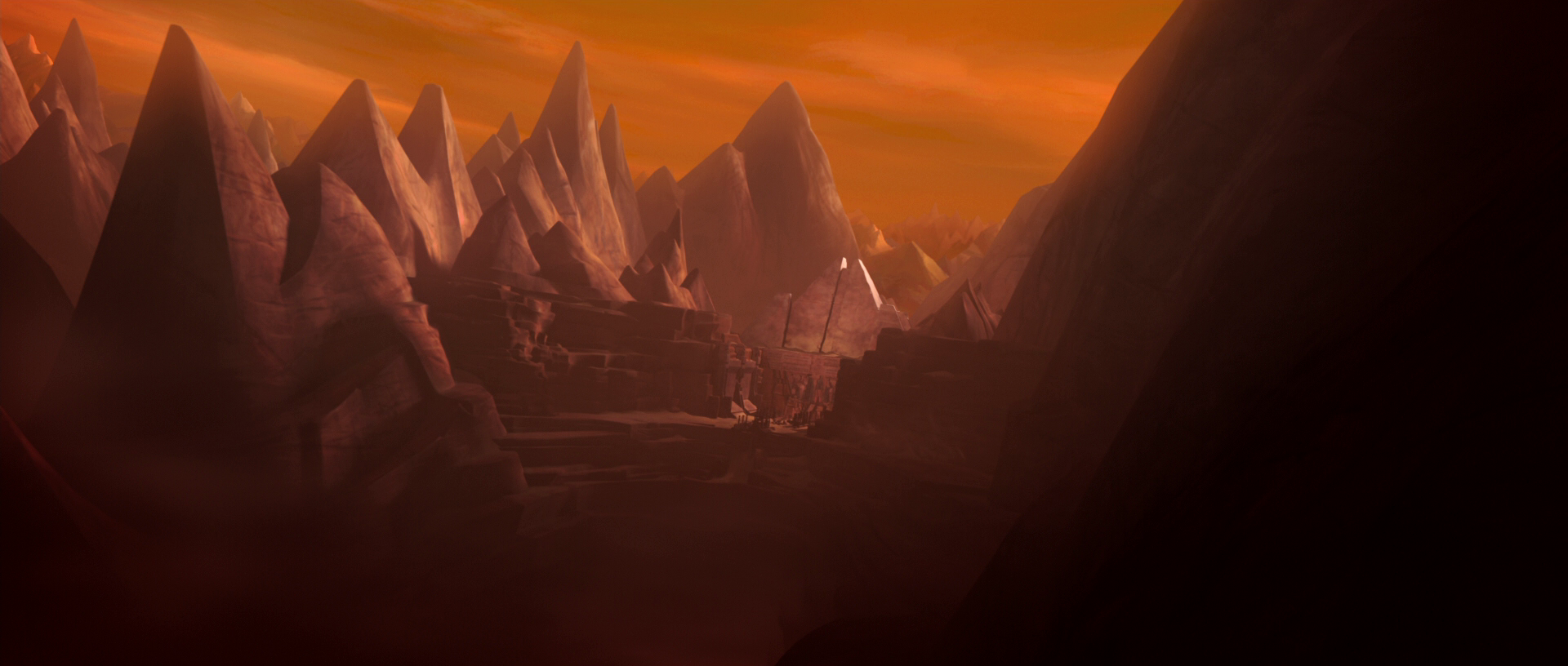
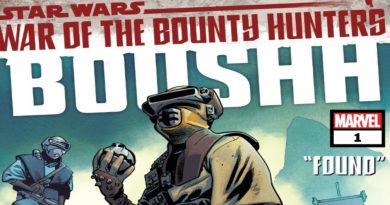
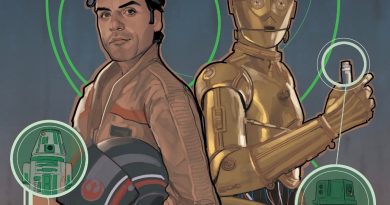
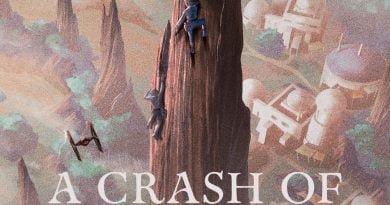
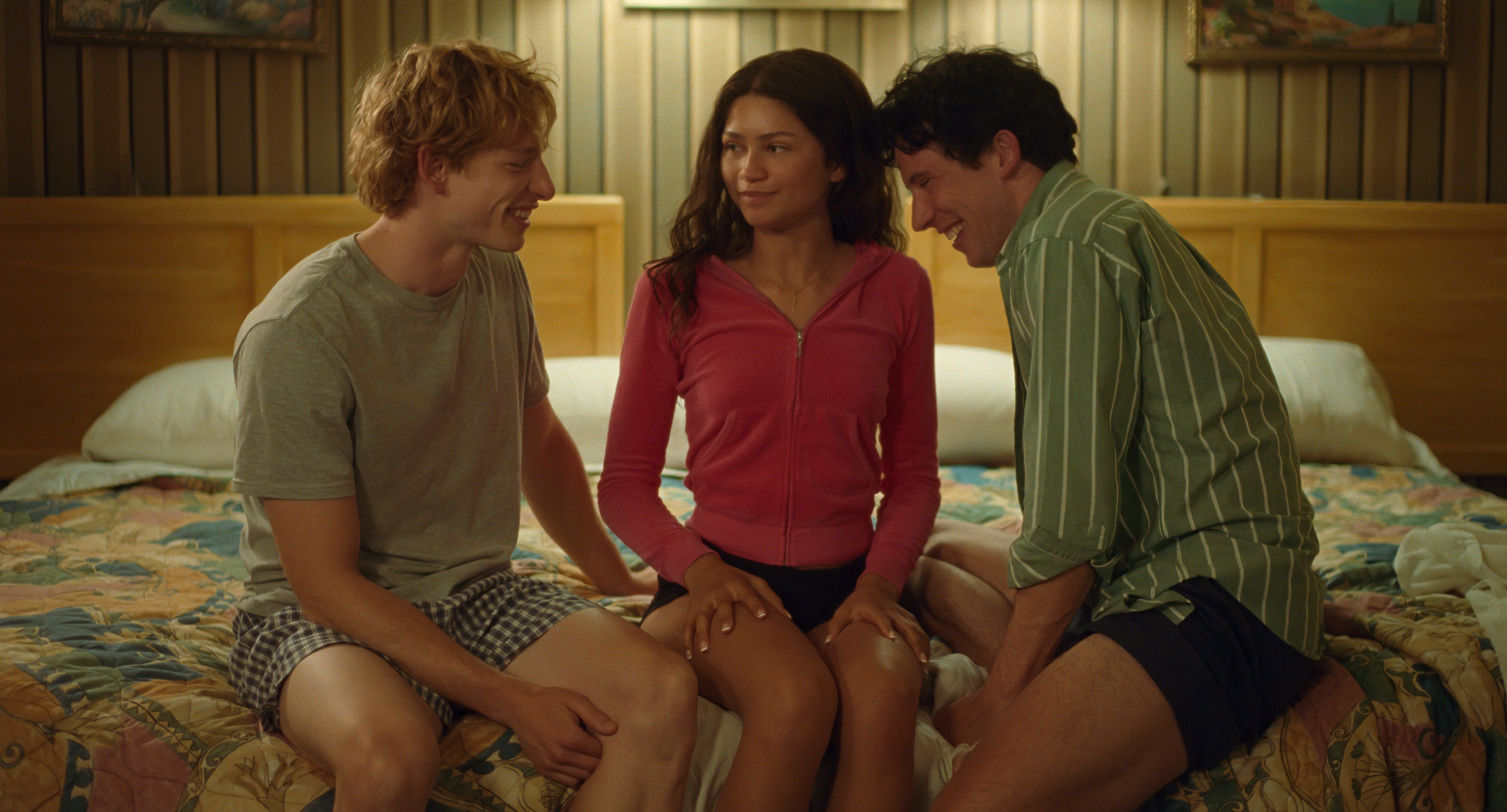
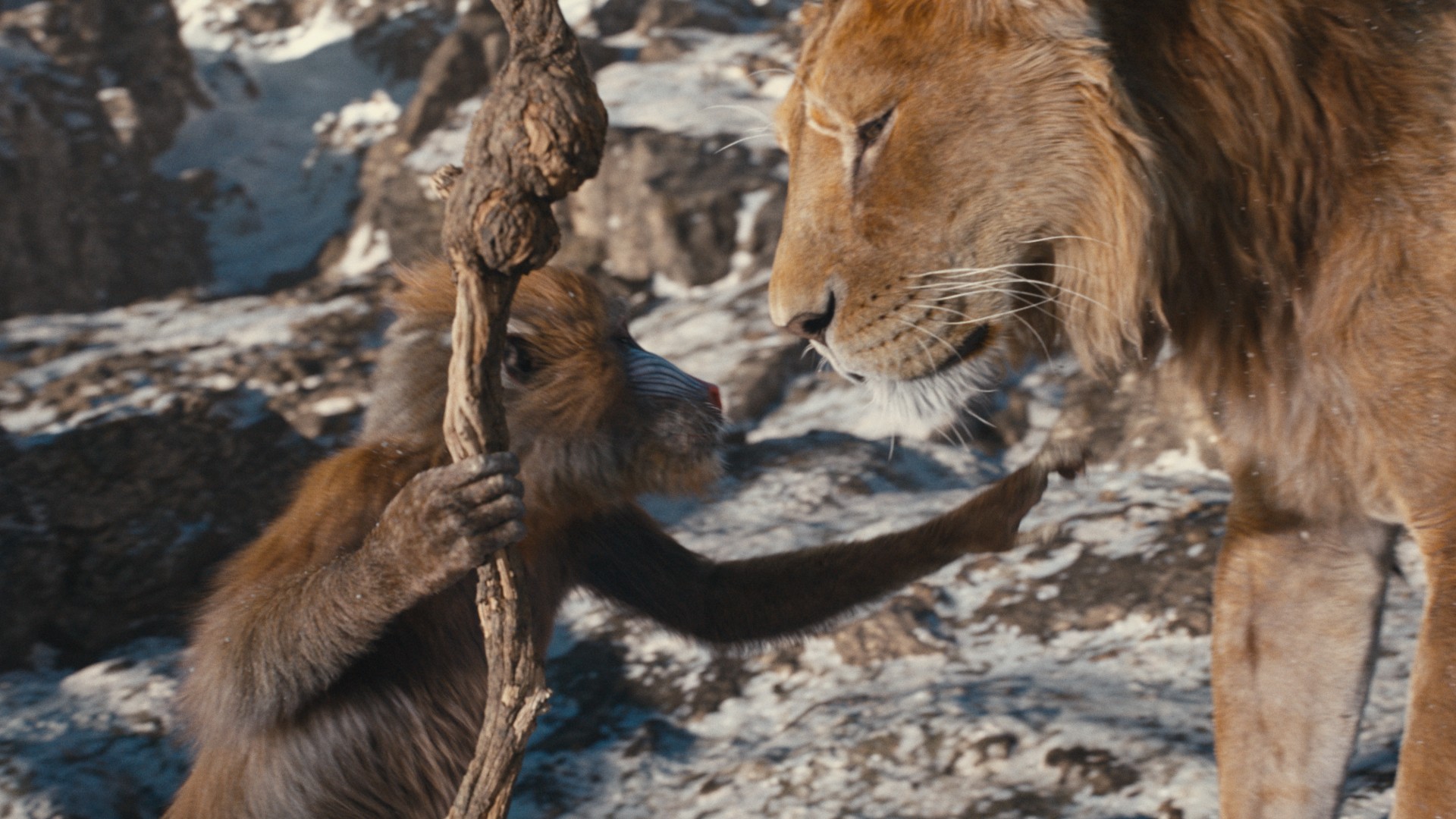
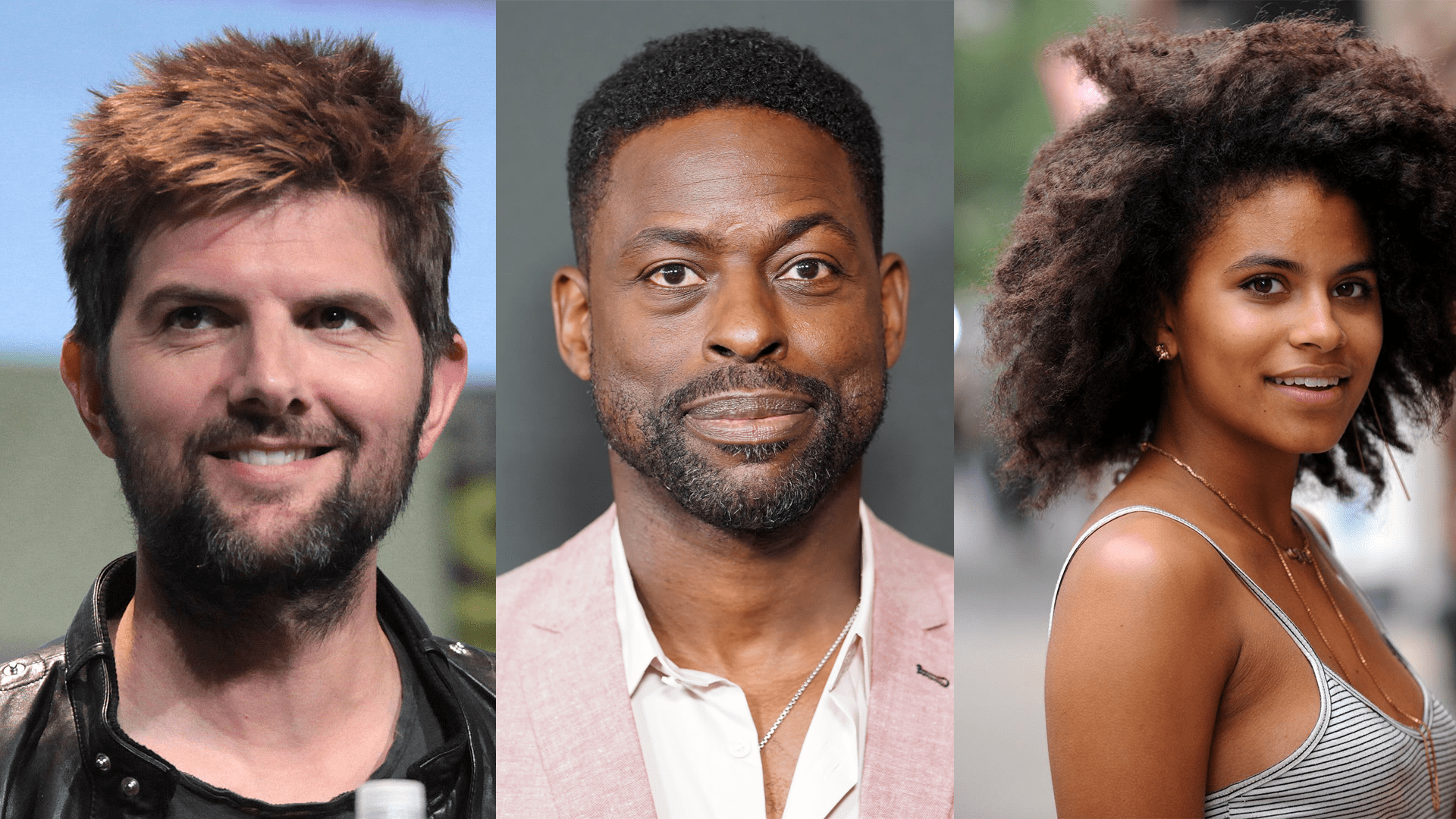
Naga Sadow! <3 ohhh yeah!
Excellent review Hard Case, always good to see the Tales of the Jedi comics getting some love. We wouldn’t have awesome games like KotOR if it weren’t for the groundwork that these stories laid.
Oh, man. This was so good. I loved Tales of the Jedi.
Tales of the Jedi novel series are for me “the prequels among SW books”. God awful, cheesy writing and one-dimensional characters.
Nice article!
This is the series that got me into the EU. Ludo Kressh has and will always be my spirit character – have an inspired version of his emblem tattooed prominently on my back.
Awesome. 🙂
Bane was always canon, I don’t get how so many make this mistake 😛
He was Lucas’ idea which always gave him a certain level of significance, but according to Disney’s standards, he is only canon because of his appearance in TCW.
All of Lucas’ notes that don’t conflict with any of his other established material is canon. All Disney canon has to fit around Lucas’ vision.
They are mostly considered canon by the Lucasfilm Story Group, but to the general public, something isn’t officially canon until it appears in a canon story. After all, most fans have no clue what was written in Lucas’ notes. Additionally, no, Disney doesn’t HAVE to fit their canon around George Lucas vision. The Story Group obviously has respect for his vision and it makes sense to not deviate to far as he is the one who established what Star Wars is, but the screen writers for TFA didn’t let themselves be tied down by Lucas’ script treatments for Episode VII either.
Post-ROTJ is an exception, as Lucas had barely written anything for that period. KK has said however that the sequel trilogy has still adopted some major ideas from Lucas’ story treatments e.g. ancient Jedi temples. However, he had written notes for plenty of Republic and Imperial material. “Disney doesn’t HAVE to fit their canon around George Lucas vision.” Sorry, but it is stipulated in the rules established by Lucas and the story group that any non-conflicting Lucas material is definitive canon. All new content cannot rewrite or conflict with Lucas’ vision.
Great review, Hard Case. You piqued my curiosity for sure.
Isn’t that Hank Azaria’s character from Night at the Museum?
Hey, look! It’s Kevin J Anderson! Indeed he did make a very impactful contirbution to SW. Namely getting me to stop reading the EU altogether because he is such a goddawful writer.
Tales of the Jedi was first and foremost written by Tom Veitch. Anderson helped co-plot some issues later on, as well as write the last four, however Veitch created the backbone of the story. Anderson said that writing the last four wasn’t difficult because of how detailed Veitch’s scripts were. Tales of the Jedi is really Veitch’s baby. Anderson didn’t have to much opportunity to screw with it by the time he came in.
Now when Anderson himself writes a series, well that’s a different prospect altogether…
Great, so as long as someone gives him a story, and scripts for him, Anderson is a very capable…transcriptionist. Good to know.
Pretty much
He’s “just a tracer…” https://www.youtube.com/watch?v=dMwhZryRUr4
He’s been molesting the corpse of Frank Herbert now over a decade, with Herbert’s markedly less-talented son, Brian. Truly godawful dreck – reads NOTHING like the originals…
no chapter more than 2 pages 😛
So glad I resisted the temptation….although even Herbert’s were getting a little odd there by the end of the series.
Still have my leather-bound, hardback ‘Dark Empire’ limited edition. Liked that series, even with the silly Palpatine clones and all! Only place we ever really got to see Leia portrayed as a Jedi (and her action figure had a red saber…planting the Kylo DNA)
Luke was actually a bad ass in it too and the Eclipse was pretty amazing.
Can’t wait til 3D printing eventually reaches the ‘cheap & ubiquitous’ phase of maturity, and fans can start releasing templates of ships like ‘Eclipse’ to make their own miniatures, models, etc.
And hope they do it before the Disney legal team catches on.
I sometimes have a hard time looking at Dark Empire objectively because of how stupid I think the Clone Emperor thing was, but you guys are right. That part aside, it felt like a proper Star Wars tale with all the grand ideas and set pieces that one should entail. It was nice to see a more experienced Luke as well.
Fun fact, George Lucas liked the artwork so much that he gave copies of the graphic novel to all of his employees at the Skywalker Ranch Christmas party one year.
The art was polarizing at the time and it took me awhile to get used to it but the use of colors was gorgeous. I loved the Imperial Sentinels too
This is a great idea! I would think you are going in order but Dawn of The Jedi came first. Anyway, This is not one of my favorites but I liked how the ancient Sith were basically the ancient Egyptians of SW.
Glad to see some EU coverage! Hope you guys will continue with this…there were some great stories during this time period and in my opinion some of the best!